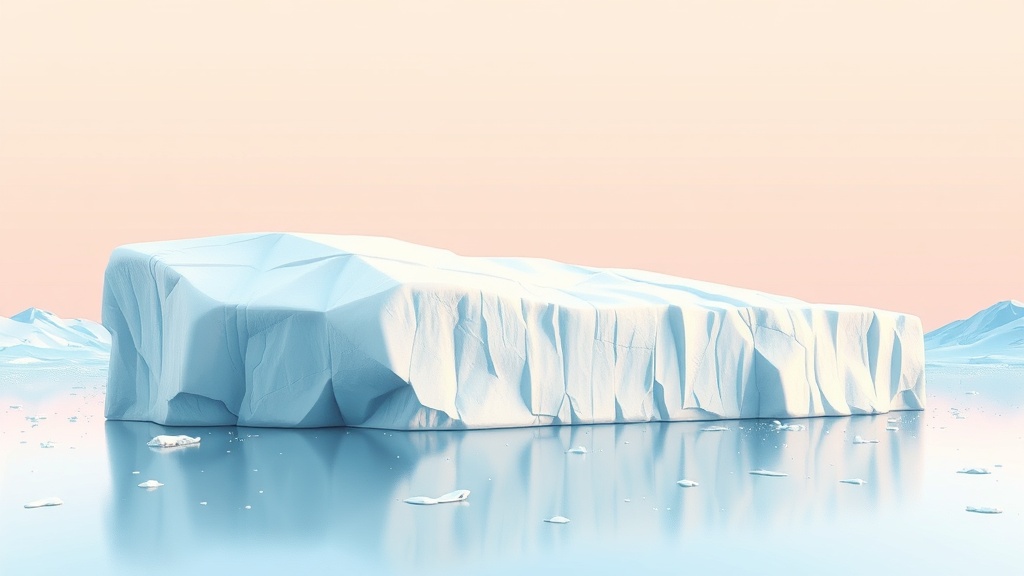Home / Environment / Swiss Glaciers Lose 3% of Volume in 2025 Amid Climate Crisis
Swiss Glaciers Lose 3% of Volume in 2025 Amid Climate Crisis
1 Oct
Summary
- Swiss glaciers faced "enormous" melting in 2025, losing 3% of total volume
- Ice mass in Switzerland has declined by 25% over the last decade
- More than 1,000 small glaciers in Switzerland have already disappeared

According to a report released on October 2nd, 2025, Switzerland's glaciers faced "enormous" melting this year, losing 3% of their total volume - the fourth-largest annual drop on record. This significant shrinkage, driven by low snow and heatwaves, means that Switzerland's ice mass has decreased by one-quarter over the last decade due to the effects of anthropogenic global warming.
The Swiss glacier monitoring group GLAMOS and the Swiss Academy of Sciences stated that a winter with low snow depth combined with heat waves in June and August led to this substantial loss of glacier volume. Switzerland is home to nearly 1,400 glaciers, the most of any country in Europe, and the gradual melting of this ice mass has implications for hydropower, tourism, farming, and water resources in many European countries. In fact, more than 1,000 small glaciers in Switzerland have already disappeared.
Experts warn that the retreat and loss of glaciers is also having an impact on Switzerland's landscape, causing mountains to shift and ground to become unstable. Swiss authorities have been on heightened alert for such changes after a huge mass of rock and ice from a glacier thundered down a mountainside that covered nearly all of the southern village of Blatten in May.



